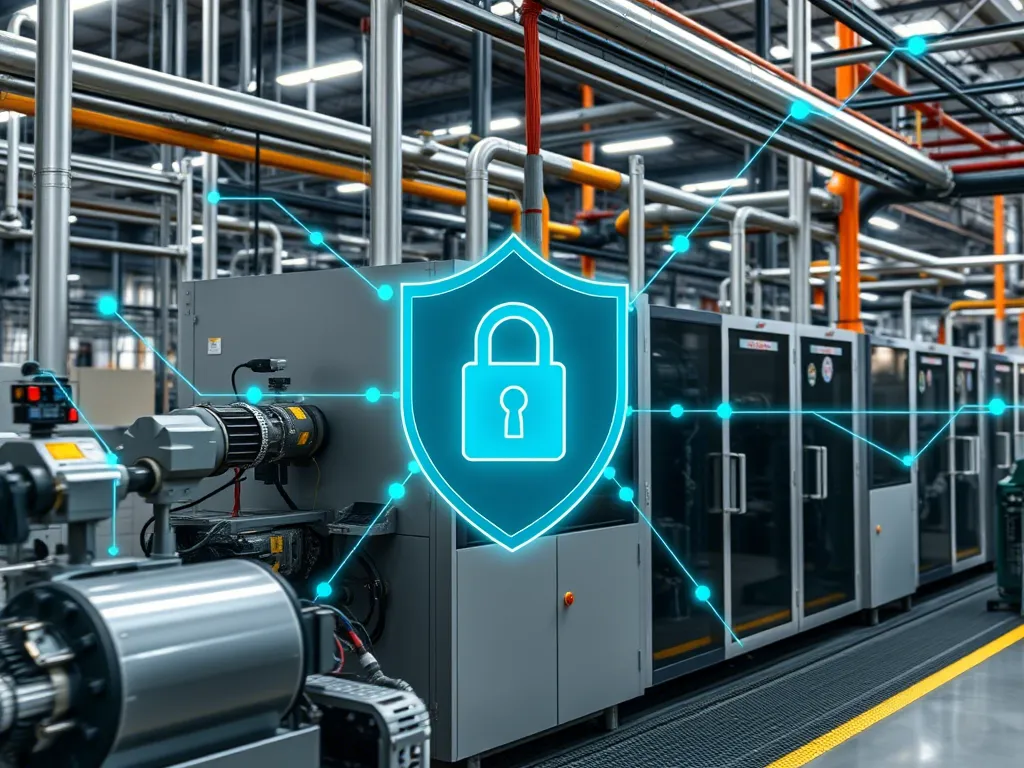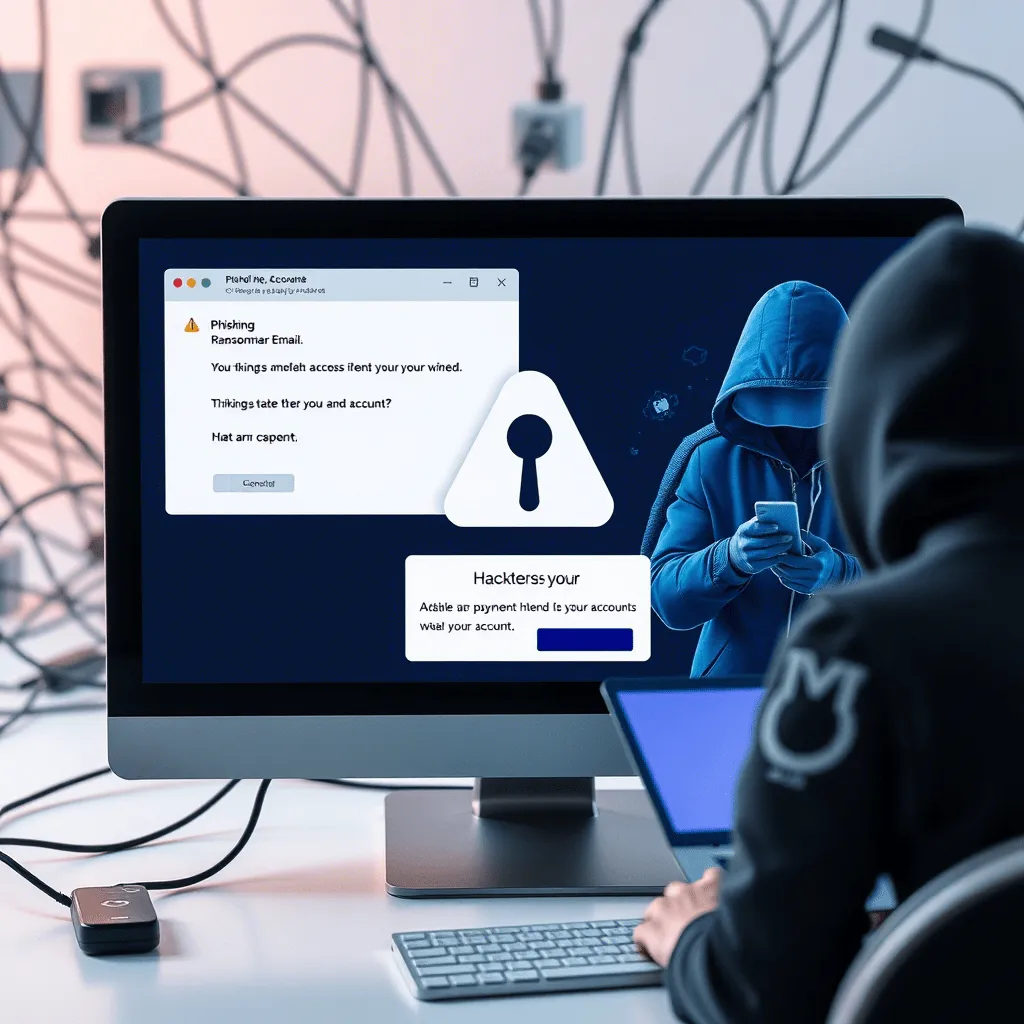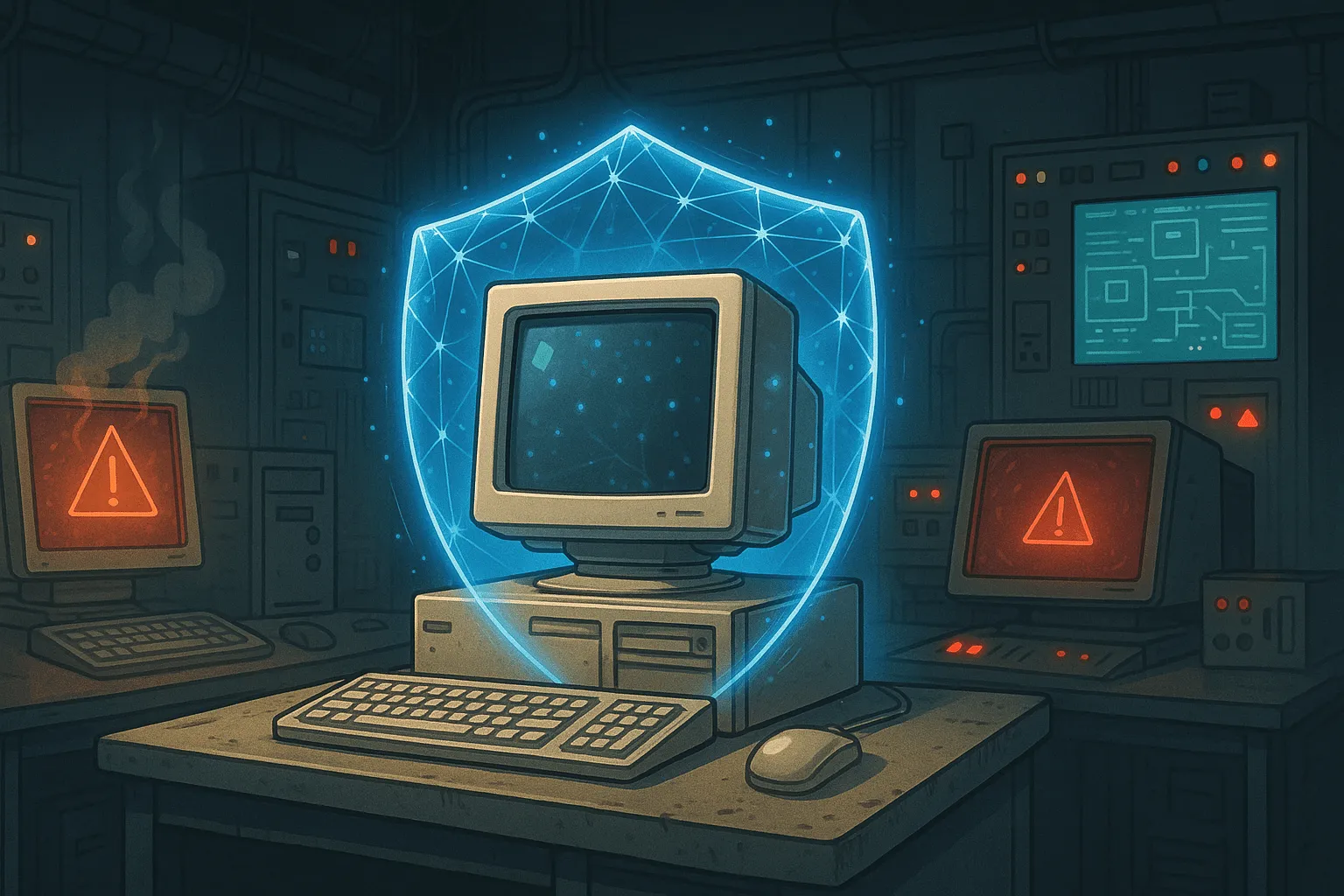
Understanding Industrial Cybersecurity Challenges
Industry 4.0 is transforming production processes through connected technologies. This evolution enhances the efficiency and flexibility of industrial chains. However, industrial systems are exposed to new threats, highlighting the challenges of industrial cybersecurity. In 2024, 43% of French organizations experienced at least one successful cyberattack. These attacks aim to disrupt operations, steal data, or compromise the security of critical infrastructures. In the face of these growing risks, implementing appropriate cybersecurity strategies becomes essential. This article outlines the main industrial cybersecurity challenges. It presents the risks, impacts, and solutions to strengthen the security of industrial infrastructures.
By definition, industrial cybersecurity refers to all measures and technologies aimed at protecting industrial systems against cyber threats. This discipline covers the security of OT networks, industrial control systems, and IIoT devices. It aims to ensure the availability, integrity, and confidentiality of critical data and systems.
System Heterogeneity
Industrial infrastructures are composed of both legacy and modern technologies, making the implementation of cybersecurity solutions more complex. Security measures on OT equipment were not originally designed to withstand modern cyberattacks. These systems, often maintained beyond their intended lifespan, use outdated and unpatched software. Every legacy device connected to a network becomes a potential entry point for a cyberattack.
Securing such an architecture therefore becomes a complex task. Adapting and protecting these infrastructures without disrupting operations is a major challenge.

Integration of IT/OT Technologies
With the convergence of IT/OT equipment, the attack surface expands. Industrial systems are now exposed to new threats that can originate from outside the company. An attack on an IT network can now spread to OT equipment, compromising industrial operations. Industrial cybersecurity thus becomes a major issue to ensure operational continuity.
Managing this convergence requires specialized skills and appropriate security solutions. Network segmentation and the use of firewalls and secure gateways are essential to mitigate risks.
Emergence of the Industrial Internet of Things (IIoT)
The growing adoption of the Industrial Internet of Things multiplies vulnerable entry points within industrial networks. Each sensor, PLC, or connected device represents a new intrusion opportunity for attackers.
IIoT devices collect and transmit real-time data, optimizing industrial processes. However, each connected device increases the attack surface. A single poorly secured device can compromise the entire network.
Companies must therefore integrate security measures right from the design phase of their IIoT projects. Using secure communication protocols, encrypting data, and strict identity management are essential.
The Most Common Types of Attacks: A Major Challenge for Industrial Cybersecurity
Account Hacking
Credential theft represents a major challenge for industrial cybersecurity, exposing systems to dangerous intrusions. Once inside, cyber attackers can manipulate production, steal sensitive data, or install malware.
These cyberattacks use several techniques to obtain credentials:
- Brute force attacks: repeatedly trying different passwords until the correct one is found.
- Phishing: sending fraudulent messages to trick employees into revealing their credentials.
- Exploitation of vulnerabilities: leveraging weaknesses in identity management systems.
The compromise of an administrator account exposes the company to major risks. Privileged access can lead to sabotage, industrial espionage, or operational disruption.
Phishing
Cyberattacks via phishing aim to deceive employees into disclosing sensitive information. A single click on a malicious link can compromise the entire industrial network.
Phishing campaigns are often targeted, using internal information to gain employees’ trust. Continuous training and awareness are crucial to reducing this risk.
Ransomware
Ransomware encrypts critical data and paralyzes industrial operations. Attackers then demand a ransom to restore access to the systems.
This threat is one of the most frequent in the industrial sector. Well-known companies have fallen victim to ransomware, resulting in financial losses of several million euros.
In France, 39% of companies affected by ransomware had to eliminate positions after an attack. Implementing regular backups and intrusion detection solutions is crucial.
To protect yourself from these attacks, you can implement cybersecurity best practices such as employee awareness training.

Hackers' Motivations
Hackers are often driven by financial gain. They use ransomware to extort money from businesses. Stealing personal data is also highly profitable, as this information can be sold on the dark web. Industrial secrets are also targeted and resold to competitors.
However, money isn’t always the primary motivation. Some hackers act based on ideological beliefs. They carry out denial-of-service attacks to cripple systems. These actions are aimed at disrupting operations and spreading a political or ideological message. Another tactic involves disclosing sensitive information to embarrass or discredit organizations.
All companies are potential targets. Large corporations, due to their visibility, are often in the crosshairs of hackers. However, SMEs are not immune. They are sometimes seen as easy prey due to weaker security systems. Hackers exploit these vulnerabilities to gain access to sensitive data. It is therefore crucial for SMEs to understand the stakes of industrial cybersecurity.
The Consequences of an Attack: A Major Industrial Cybersecurity Challenge
Operational Disruption
The consequences of an industrial cyberattack can severely impact production and logistics. Any disruption in production lines leads to immediate losses and critical delivery delays. Even a short outage can affect the entire supply chain, impacting clients and partners.
Extended downtimes can result in stock shortages and the loss of strategic contracts. Restarting systems also incurs additional costs and unexpected delays. Such interruptions jeopardize operational continuity and erode partners’ trust.
Economic and Financial Losses
Every minute of downtime in an industrial chain can result in significant financial losses. The payment of ransoms and recovery costs further worsen the situation.
According to a government study in France, one in eight companies reports costs exceeding €230,000.
Damage to Reputation and Trust
A company hit by a cyberattack risks losing the trust of its partners and clients. A damaged reputation can significantly hurt its competitiveness and business relationships. Trust is a cornerstone of any business, and a cyberattack can seriously undermine it. Partners may begin to doubt the company’s reliability. Clients might switch to competitors perceived as more secure.

The theft of sensitive data
Attackers can steal sensitive data, such as industrial secrets or customer information. This stolen data can be sold on the dark web, leading to financial and legal losses for the company. Data breaches can also expose the company to legal sanctions and lawsuits.
Recently, a delivery company suffered a personal data breach affecting 210,000 customers. The stolen information included names, surnames, emails, phone numbers, and postal addresses. This incident highlights the consequences of a cyberattack and the impact on customer privacy.
Protecting against threats: the core challenge of industrial cybersecurity
Protecting critical infrastructures is essential to counter cyber threats. Dative, an expert in industrial cybersecurity, offers tailor-made solutions to address the challenges of industrial cybersecurity.
Protecting OT infrastructures
We implement strict network segmentation to limit the spread of cyberattacks. Each zone is isolated to restrict unauthorized access to critical systems.
Intrusion detection and continuous monitoring solutions are also deployed. Continuous monitoring ensures a rapid response to emerging attacks.
Vulnerability management
The challenges of industrial cybersecurity require rigorous vulnerability management to protect OT infrastructures.
Dative implements proactive update strategies to enhance the protection of your industrial infrastructures.
We also ensure regular maintenance of strategic equipment, such as:
- Industrial firewalls to filter access and block intrusions.
- Data diodes to secure data transfers and limit contamination risks.
- Threat detection solutions to identify and neutralize attacks before they impact your operations.
- Identity and access management systems to control user rights and limit excessive privileges.
These actions provide effective protection for your systems against emerging cyber threats.
Staff awareness
Human error is a major entry point for cyberattacks targeting industrial infrastructures.
Dative offers tailored training programs to raise employee awareness of cybersecurity best practices. Our programs cover common threats such as phishing, credential theft, and social engineering.
Regularly training staff can significantly reduce the risks of system intrusions and breaches. A well-trained company is better equipped to face cyber threats and protect its IT/OT infrastructures.
Assess your industrial cybersecurity level with our experts today. Protect your infrastructures before it’s too late!

Conclusion
In 2025, industrial cybersecurity is more than ever a critical challenge for businesses.
With cyberattacks becoming increasingly frequent, protection is no longer optional. Without proper measures, the financial risks, operational disruptions, and reputational damage can be severe.
Equipping yourself with the right tools and adopting strong security practices is essential to stay ahead of threats. Dative supports you with tailor-made solutions to secure your industrial infrastructures and anticipate cyberattacks.
Anticipate risks and secure your industrial systems today with Dative.





